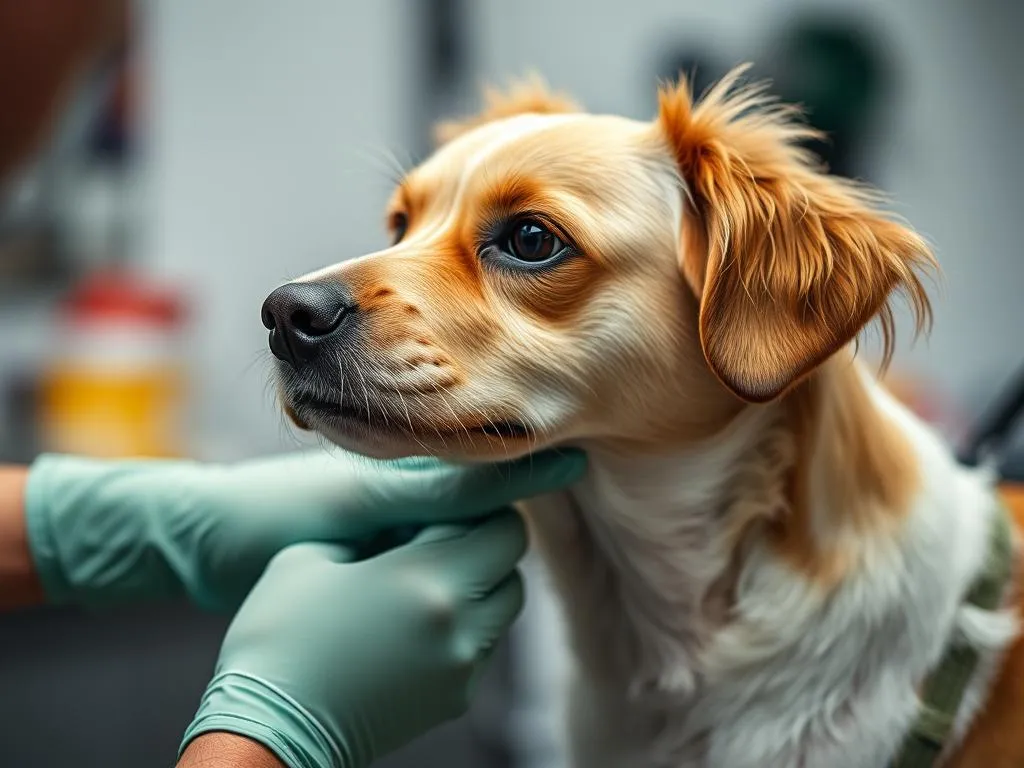
Introduction
Dog health care encompasses various aspects of maintaining a dog’s well-being, and grooming is a vital component of this process. Grooming not only enhances your dog’s appearance but also plays a crucial role in their overall health. One grooming technique that has gained attention among dog owners and groomers alike is hand stripping in dog grooming. This method is particularly important for certain breeds, as it helps maintain the coat’s texture and health. In this article, we will delve deep into the practice of hand stripping, exploring its benefits, processes, and how it fits into the larger framework of dog health care.
The Basics of Dog Grooming
Why Grooming is Essential for Dog Health
Grooming is more than just a routine; it’s a fundamental aspect of dog health care. Regular grooming contributes significantly to a dog’s overall health by ensuring their coat and skin remain in optimal condition. Here are some benefits of regular grooming:
- Skin Health: Grooming helps to remove dead hair and skin cells, promoting better skin health.
- Coat Condition: A well-groomed coat is less prone to mats, tangles, and other issues that can lead to discomfort and skin conditions.
- Psychological Effects: Regular grooming can have a calming effect on dogs, strengthening the bond between the pet and its owner.
Common Grooming Techniques
Various grooming techniques exist, each serving a unique purpose. Here’s a brief overview:
- Brushing: A fundamental practice that removes loose hair and helps distribute natural oils.
- Bathing: Essential for hygiene, but should be done with proper frequency to avoid skin irritation.
- Clipping: Common for many breeds, but can alter the coat’s natural texture.
Hand stripping, as a grooming method, is distinct because it maintains the natural texture of the coat, especially for certain breeds that benefit from this technique. Understanding the differences between hand stripping and other grooming methods is crucial for dog owners.
What is Hand Stripping?
Definition and Purpose
Hand stripping in dog grooming involves the removal of dead hair from the dog’s coat by pulling it out by hand rather than using clippers. This technique is essential for maintaining the coat’s natural texture and ensuring healthy skin underneath. Breeds that benefit most from this method include terriers, schnauzers, and some sporting breeds, which have wiry or rough coats.
How Hand Stripping Works
The process of hand stripping can be broken down into a few key steps:
- Preparation: Ensure the dog is calm and comfortable in a familiar environment.
- Tools: Use your fingers and a stripping knife, which can help in pulling the hair more efficiently.
- Technique: Grasp a small section of hair close to the skin and pull it in the direction of hair growth. Repeat this process across the coat, focusing on areas with dead hair.
Comparatively, hand stripping differs from clipping as it removes hair at the root, allowing for new hair to grow in without altering the coat’s texture. This is particularly important for breeds that have specific grooming standards.
Benefits of Hand Stripping
Health Benefits
Hand stripping offers several health benefits, including:
- Skin Health and Coat Vitality: By removing dead and loose hair, hand stripping can help prevent skin irritations and infections.
- Prevention of Matting: Regular hand stripping reduces the chances of mats forming, which can lead to painful skin issues.
- Natural Shedding: This process promotes natural shedding, allowing for a healthier coat that is less prone to buildup.
Aesthetic Benefits
In addition to health benefits, hand stripping enhances the dog’s aesthetic appearance:
- Coat Color and Texture: Hand stripping can enhance the color and natural texture of the coat, making it look vibrant and well-kept.
- Show Dogs: Many show dogs require hand stripping to meet breed standards, ensuring they look their best in competitions.
- Maintenance of Breed Standards: Adhering to grooming techniques like hand stripping ensures that the dog maintains its breed-specific appearance.
When and How to Hand Strip a Dog
Ideal Timing for Hand Stripping
The timing of hand stripping is vital for optimal results. The best times of year typically include:
- Spring and Fall: These seasons are ideal for hand stripping, as dogs naturally shed their coats during these times.
- Frequency: Depending on the breed and coat type, hand stripping may be required every few weeks to a couple of months.
Step-by-Step Guide to Hand Stripping
- Preparation: Gather necessary tools such as a stripping knife and ensure the environment is calm.
- Techniques: Use a firm grip to pull hair in the direction of growth, working in small sections.
- Aftercare: Brush the coat lightly after stripping to remove any loose hairs and soothe the skin with a gentle rub.
Common Concerns and Misconceptions
Pain and Discomfort
One of the common concerns regarding hand stripping is the potential for pain or discomfort. While it may sound uncomfortable, if done correctly, hand stripping should not cause pain. Here are tips to minimize discomfort:
- Calm Environment: Keep the dog calm and relaxed during the process.
- Gentle Technique: Use a gentle grip and avoid pulling too hard.
Myths about Hand Stripping
Several misconceptions surround hand stripping that need clarification:
- Not Suitable for All Breeds: Hand stripping is not appropriate for all breeds; it is specifically beneficial for those with wiry or rough coats.
- Painful Procedure: As mentioned, if performed correctly, it should not be painful. It’s essential to understand your dog’s comfort level.
Professional vs. At-Home Grooming
When to Seek Professional Help
While many dog owners can learn to hand strip their pets, there are instances where professional grooming is advisable:
- Complex Coat Types: If your dog has a particularly challenging coat, a professional groomer may be necessary.
- Behavioral Concerns: Dogs that are anxious or aggressive during grooming may require the expertise of a professional.
DIY Hand Stripping Tips
For dog owners interested in trying hand stripping at home, here are some tips for successful at-home grooming:
- Start Slowly: If your dog is not accustomed to being groomed, introduce hand stripping gradually.
- Use Proper Tools: Invest in quality tools designed for hand stripping to make the process easier and more effective.
- Monitor Comfort: Keep an eye on your dog’s reactions and adjust your technique accordingly to ensure their comfort.
Conclusion
Understanding hand stripping in dog grooming is essential for those looking to maintain their dog’s health and appearance. This grooming technique provides numerous health and aesthetic benefits, particularly for breeds requiring specific coat care. Embracing grooming as a part of your dog’s health care routine can significantly enhance their well-being and quality of life. Whether you opt for professional grooming or choose to take on the task yourself, recognizing the importance of grooming will help ensure your furry friend stays happy and healthy.
FAQs about Hand Stripping in Dog Grooming
Frequently Asked Questions
-
Is hand stripping painful for dogs?
Hand stripping should not be painful if done correctly. It is important to use a gentle technique and ensure your dog is comfortable. -
Can all breeds be hand stripped?
No, not all breeds are suitable for hand stripping. It is most effective for breeds with wiry or rough coats. -
How often should I hand strip my dog?
The frequency of hand stripping depends on the breed and coat type but is generally recommended every few weeks to a couple of months. -
What tools do I need for hand stripping?
Essential tools include a stripping knife and a good brush for aftercare. -
Can I learn to hand strip my dog at home?
Yes, with the right tools and techniques, many dog owners can successfully hand strip their pets at home. However, it’s important to monitor your dog’s comfort level throughout the process.









